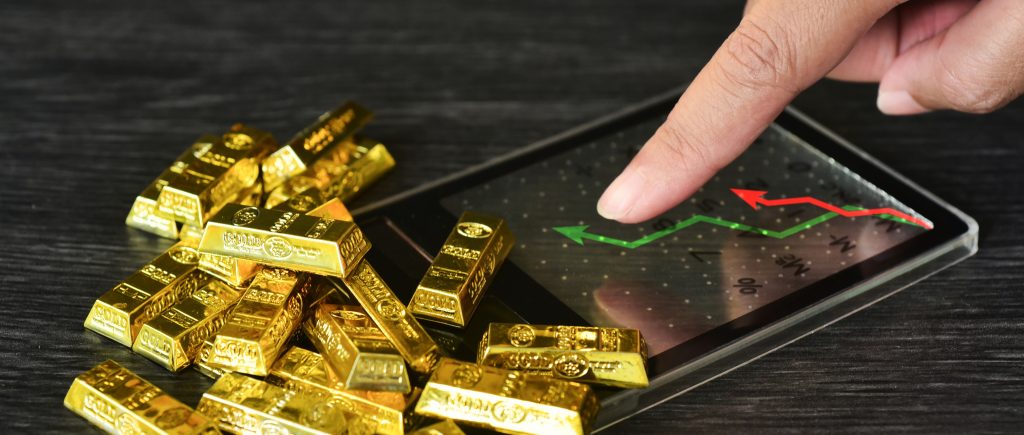Gold prices saw a slight uptick in Asian trading on Monday, driven by safe-haven demand as investors reacted to U.S. President Joe Biden’s surprise decision to drop out of the 2024 reelection race and endorse Vice President Kamala Harris.
Despite a recent decline from record highs last week due to increased speculation about a potential second Donald Trump presidency, gold remained within reach of those peak levels. Spot gold rose 0.2% to $2,405.02 an ounce, while gold futures expiring in August dipped 0.3% to $2,406.50 an ounce.
Biden’s announcement and the resulting uncertainty surrounding the U.S. political landscape have fueled safe-haven demand for the precious metal. While Harris has garnered endorsements from top Democrats, she still needs to be formally nominated as the party’s presidential candidate at a convention in August.
Recent polling data indicates that Trump holds a slight edge over both Biden and Harris. Analysts suggest that a Trump presidency could potentially lead to higher inflation due to his protectionist trade policies, further bolstering gold’s appeal.
The weaker dollar also provided some support to metal markets. However, other precious metals remained subdued, with platinum futures slightly down and silver futures hovering around $29.288 an ounce.
In contrast to gold’s slight gains, copper prices continued to weaken, extending their losses from last week amid concerns about China’s economic outlook. Benchmark copper futures on the London Metal Exchange steadied around $9,306.50 a tonne, while one-month copper futures dropped 0.2%.
The recent interest rate cut by the People’s Bank of China failed to uplift copper prices, as concerns about China’s slowing economic growth and its impact on copper demand persisted.
In summary, gold prices found some support due to the safe-haven demand triggered by the uncertainty surrounding the U.S. political landscape. However, copper prices remained under pressure due to concerns over China’s economic health. Investors are closely monitoring developments in both the U.S. and China for further clues on the future direction of precious and industrial metal prices.
 Noor Trends News, Technical Analysis, Educational Tools and Recommendations
Noor Trends News, Technical Analysis, Educational Tools and Recommendations





